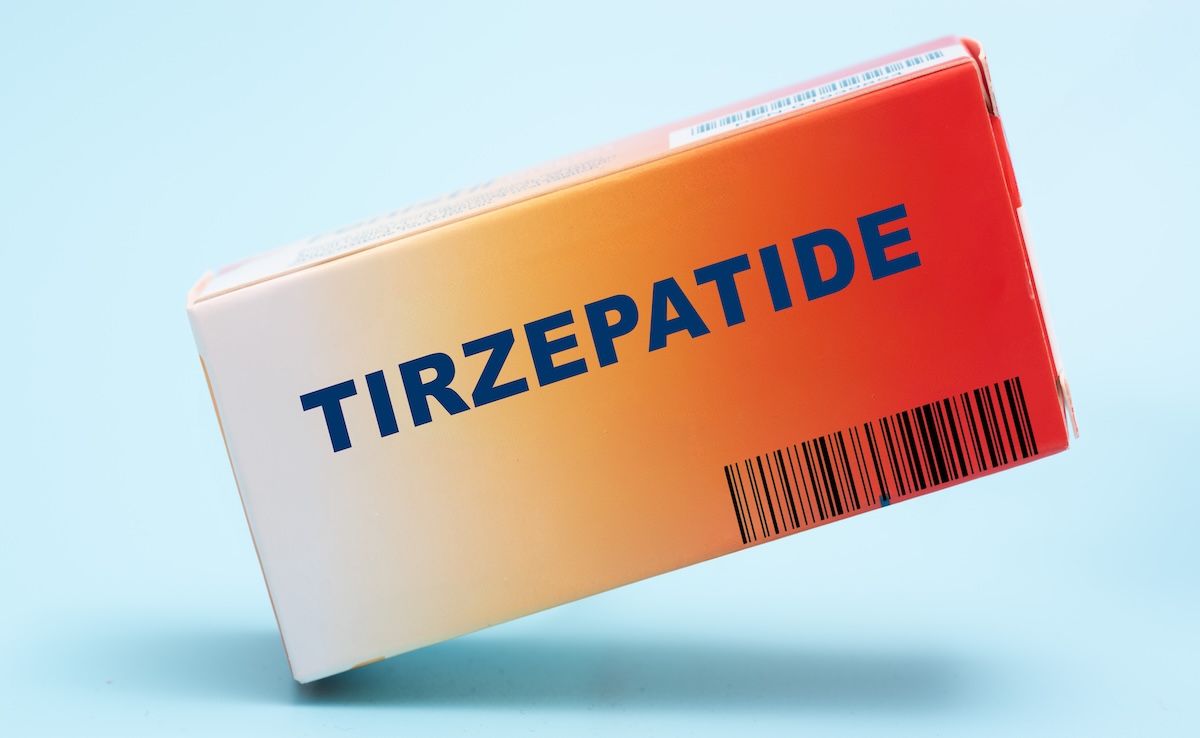News
Article
Sotatercept Evidence Report Calculates Price Benchmark as It Awaits Review for Treatment of PAH
Author(s):
A Biologics License Application has been submitted to the FDA review for sotatercept in the treatment of pulmonary arterial hypertension.
Sotatercept shows promise in the treatment of pulmonary arterial hypertension (PAH) when combined with background therapy, according to an evidence report recently published by the Institute for Clinical and Economic Review (ICER). Although it is not yet approved by the FDA, results from a phase III trial aim to provide adequate evidence of its efficacy in PAH.
Lung Hypertension Concept | image credit: Vector Market - stock.adobe.com

In PAH, heightened arterial pressure makes it harder for the heart to pump blood into the lungs. This complication contributes to a myriad of symptoms such as fatigue, dizziness, chest pain, and shortness of breath, and can even lead to right heart failure. Furthermore, depression and anxiety are common comorbidities present in patients enduring PAH. These effects culminate in a poorer quality of life reported by many of these patients.
Treating PAH is also a financially burdensome endeavor. Currently, the medications used in treatment approaches aim to improve patient survival and functional status by way of vasodilation. These options, however, often cause adverse effects and can cost over $100,000 a year per patient; even then, heart-lung or lung transplants may still be necessary depending on present comorbidities or patient risks.
Sotatercept is an activin signaling inhibitor that has demonstrated effectiveness in PAH clinical outcomes. In the new evidence report, ICER estimates its health benefit price benchmark as falling between $18,700 and $36,200 per year. This potentially disease-modifying drug influences pulmonary blood flow by inhibiting cellular proliferation, promoting cellular death, and decreasing vessel wall inflammation.
As a part of the STELLAR trial for sotatercept efficacy, 323 patients with PAH at World Health Organization functional class (WHO-FC) II and III (ranges from I-IV, with I indicating no limitation in physical activity and IV indicating intense limitation) who were receiving stable background therapy were enrolled. Forty percent of those enrolled were on infused prostacyclin therapy at the beginning of the study. Participants were randomized to receive sotatercept subcutaneously every 3 weeks for 24 weeks or a placebo. Dosing began at 0.3 mg/kg of body weight with the aim of dosing 0.7 mg/kg. STELLAR’s primary end point was changes in 6-minute walking distance (6MWD) from baseline. As secondary end points, WHO-FC, quality of life, hemodynamic, and biomarker outcomes were also measured.
6MWD change in the sotatercept group was a median of 34.4 m, compared with a 1.0-m change in individuals taking placebo (P < .001). Overall, 53.4% of individuals administered sotatercept were able to improve their 6MWD by over 30 m; 22% of those receiving placebo reached this benchmark. Utilizing the Hodges-Lehmann approach to compare outcomes, the estimated mean difference was 40.8 m between groups, in favor of sotatercept-treated individuals.
Over twice as many patients in the sotatercept group (29.4%) showed improvement in WHO-FC compared with the placebo group (13.8%). Additionally, less sotatercept-treated patients reached WHO-FC IV in comparison to placebo-treated patients by the 24-week mark.
Median follow-up for participants was around 8 months. At this time, those from the sotatercept group exhibited an 84% reduced rate of death or clinical worsening (HR, 0.16) compared with the placebo group. Decreases in 6MWD and negative changes in WHO-FC were the most prevalent nonfatal events affecting participants (2.5% of sotatercept individuals vs 9.4% of placebo). Deaths were very low for all participants, but researchers observed higher rates in the placebo group compared with sotatercept (4.4% vs 1.2%). Researchers mentioned that no discernable conclusions could be drawn from these data about the effects of sotatercept on mortality.
The results of the STELLAR trial demonstrated the effectiveness in sotatercept in addition to background therapy in the treatment of patients with PAH, the evidence report concludes. In this study, individuals treated with sotatercept experienced longer symptom-free intervals at rest and less adverse effects compared with the placebo group.
The report authors expressed the need to gather more long-term data to adequately assess the safety profile and efficacy of sotatercept; however, findings have shown great promise thus far in providing a beneficial, more cost-effective treatment for patients with PAH. The FDA is expected to make a decision on the Biologics License Application for sotatercept by March 26, 2024. The evidence report will be reviewed on December 1, 2023, at the meeting of the Midwest CEPAC.
Reference
Lin G, Whittington MD, Nikitin D, et al. Sotatercept or pulmonary arterial hypertension: effectiveness and value; draft evidence report. Institute for Clinical and Economic Review. November 2023. Accessed November 16, 2023. https://icer.org/assessment/pulmonary-arterial-hypertension-2023/





